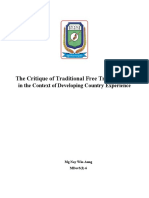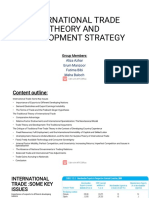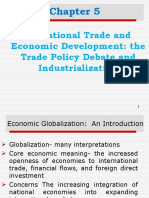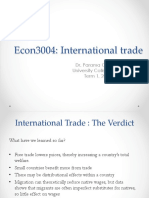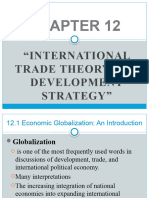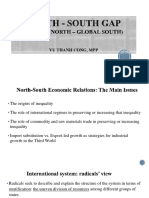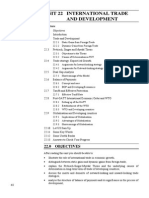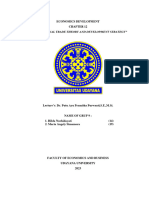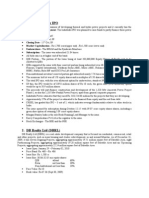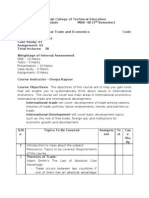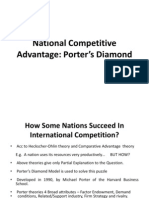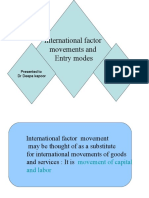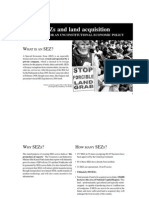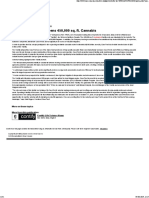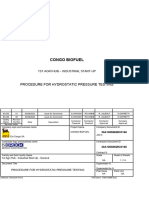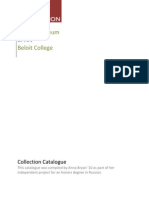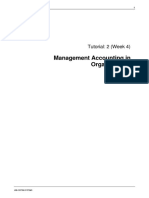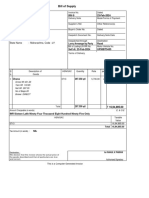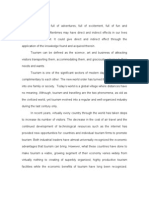0% found this document useful (0 votes)
177 views13 pagesTrade and Development
This document discusses theories of international trade and their implications for less developed countries (LDCs). It summarizes that while free trade theory promises benefits like growth, globalization also risks exploitation and dependency for LDCs. The Prebisch-Singer thesis argues commodity prices will decline over time hurting LDC export earnings. Neoclassical models have limitations like assuming full employment that don't capture LDC realities. Overall, the document concludes that trade outcomes for LDCs depend on circumstances and they may need regional cooperation or concessions from developed nations to fully benefit.
Uploaded by
D Attitude KidCopyright
© Attribution Non-Commercial (BY-NC)
We take content rights seriously. If you suspect this is your content, claim it here.
Available Formats
Download as PPT, PDF, TXT or read online on Scribd
0% found this document useful (0 votes)
177 views13 pagesTrade and Development
This document discusses theories of international trade and their implications for less developed countries (LDCs). It summarizes that while free trade theory promises benefits like growth, globalization also risks exploitation and dependency for LDCs. The Prebisch-Singer thesis argues commodity prices will decline over time hurting LDC export earnings. Neoclassical models have limitations like assuming full employment that don't capture LDC realities. Overall, the document concludes that trade outcomes for LDCs depend on circumstances and they may need regional cooperation or concessions from developed nations to fully benefit.
Uploaded by
D Attitude KidCopyright
© Attribution Non-Commercial (BY-NC)
We take content rights seriously. If you suspect this is your content, claim it here.
Available Formats
Download as PPT, PDF, TXT or read online on Scribd
/ 13



